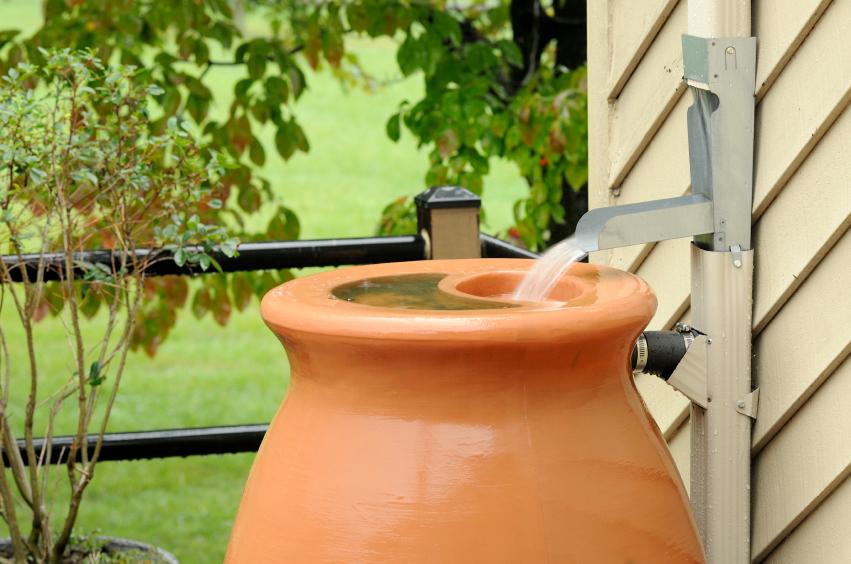Alternative Water Program
Using Rain, Gray, and Other Alternative Water Sources
As California’s climate is subject to periods of drought, many residents and businesses are looking for innovative ways to conserve and reduce consumption of drinking water.
There are a number of simple, low-cost methods that can be used to conserve water. These include:
- Limiting showers to five minutes or less
- Capturing water in a bucket while washing produce or waiting for your shower water to heat up and then using that water for your plants or for flushing your toilets
- Upgrading appliances and fixtures to energy- and water-efficient models
- Repairing any leaking faucets and running toilets
- Replacing lawns with drought-tolerant landscaping or xeriscaping
- Learning about your daily water use (available on your water bill or use the Alliance for Water Efficiency’s Water Use Calculator
We encourage you to check with your water provider for incentives to conserve water.
One way to save water is by capturing and using alternative water sources, such as rainwater and gray water, to use for non-drinking water purposes like landscaping. We encourage safe use of several alternative water sources. This website is to help guide water customers at both the residential and commercial scale in determining the requirements for having an onsite alternative water system.
Alternative Water Sources
There are several types of alternative water sources that can be generated onsite for non-drinking uses. These sources include:
- Rainwater: collected from roof surfaces or other approved, above-ground collection surfaces.
- Stormwater: collected at or below ground through approved collection surfaces. This type of non-potable water source is typically dirtier than rainwater and may contain contaminants like oil, grease and volatile organic compounds (VOCs).
- Foundation drainage: nuisance groundwater that is extracted to maintain the structural integrity of a building.
- Irrigation well: groundwater from a permitted well that has not been certified as a potable water source.
- Gray water: wastewater from bathtubs, showers, bathroom sinks, clothes washing machines, and laundry tubs. It does not include wastewater from toilets, utility sinks, kitchen sinks, or dishwashers. Learn more about how to safely use gray water here.
Please note that only the State can permit reuse of treated blackwater/sewage.
Approved Uses of Alternative Water
How and where non-potable water sources can be used depends on several factors. These factors include:
- Potential for human contact: non-drinking water sources may contain viruses, bacteria and chemicals that can be harmful to humans, animals and the environment.
- Scope: whether the onsite water reuse system being proposed is for residential or commercial use. Multi-unit residential (4 or more units) is considered commercial.
- Scale: whether the proposed onsite water reuse system is designed appropriately to ensure alternative water sources do not pond or run-off and cause environmental or public health issues.
- Treatment: depending on the alternative water source proposed, and the potential for human contact, treatment and/or disinfection may be required.
All onsite water reuse systems may require a permit from your local building department.
